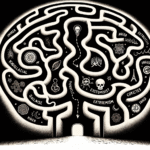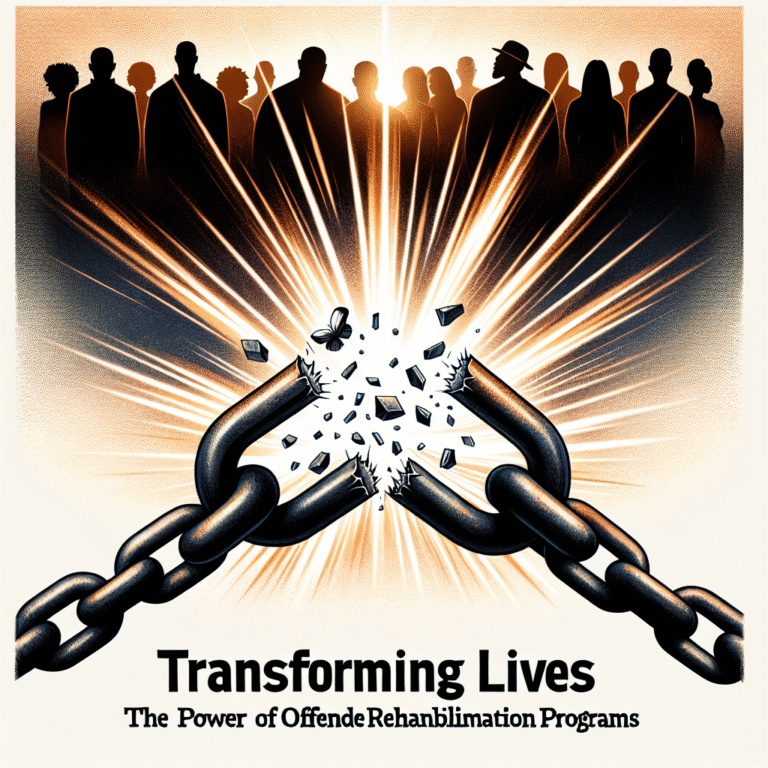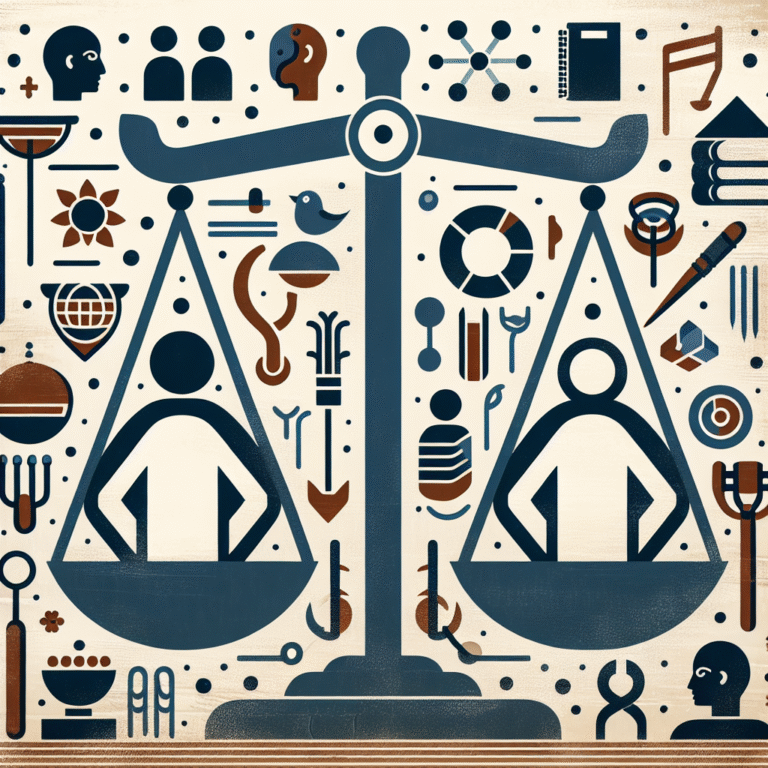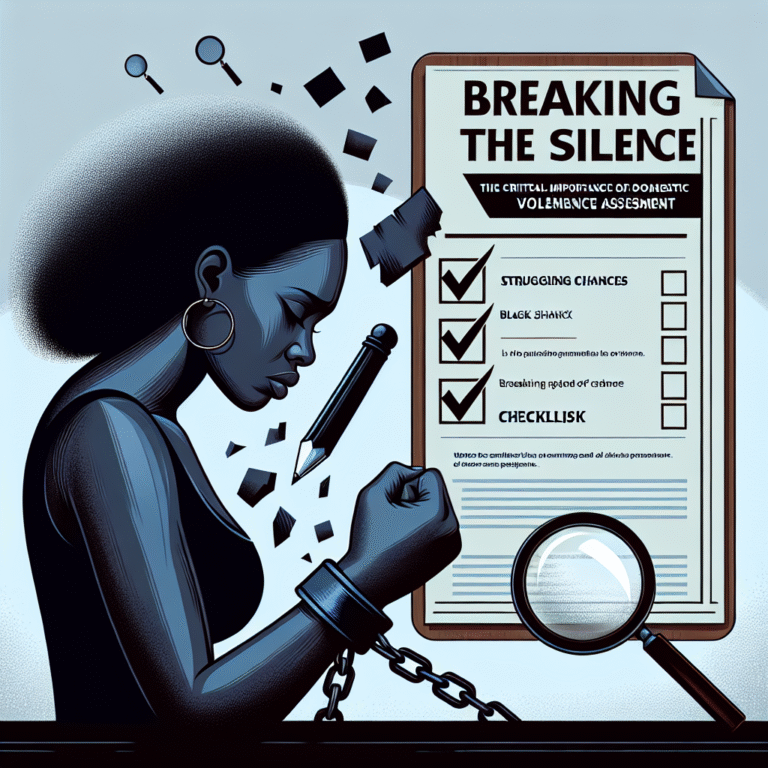
Introduction
In an increasingly turbulent world, understanding aggression has never been more vital. Whether it manifests in children throwing tantrums, teens getting into brawls, or adults exhibiting road rage, recognizing and managing aggression can have profound implications for personal safety, societal cohesion, and mental well-being. Assessing Aggression: Behavioral Signs and Diagnostic Models not only helps us identify when aggression is brewing but also equips mental health professionals, educators, and caregivers with the tools they need to mitigate its impact.
As we delve into this topic, we will explore the behavioral signs of aggression and different diagnostic models, enhancing your ability to grasp this complex subject.
Understanding Aggression: A Complex Spectrum
Defining Aggression
Aggression is defined as behavior intended to inflict harm upon others, whether physically or emotionally. While many associate it solely with overt violence, aggression can also be subtle, manifesting in behaviors like ridicule or ostracism. The challenge lies in accurately assessing aggression: behavioral signs and diagnostic models, as aggression can be adaptive in certain contexts—a protector in competitive environments but a disruptor in communal settings.
Types of Aggression
Aggression isn’t a singular entity; it exists on a spectrum. Understanding its various forms helps in assessing aggression: behavioral signs and diagnostic models appropriately. Here are the primary categories:
- Physical Aggression: Involves bodily harm or threats.
- Verbal Aggression: Includes harsh language or scathing remarks intended to hurt.
- Relational Aggression: Targets social relationships, using manipulation or social exclusion.
- Reactive Aggression: An impulsive response to a perceived threat.
- Proactive Aggression: Calculated actions aimed at achieving a goal (e.g., bullying).
Table 1: Types of Aggression
| Type of Aggression | Definition | Example |
|---|---|---|
| Physical | Bodily harm or threat | Punching or shoving |
| Verbal | Harsh language or insults | Name-calling or shouting |
| Relational | Manipulation of social relationships | Spreading rumors, social exclusion |
| Reactive | Impulsive response to perceived threats | Lashing out when angry |
| Proactive | Calculated actions aimed at achieving a goal | Planning bullying or intimidation |
Key Behavioral Signs of Aggression
Observable Behaviors
To effectively assess aggression: behavioral signs and diagnostic models, one must observe the following behavioral signals that can indicate aggression:
- Facial Expressions: Furrowed brows, clenched jaws, or glaring eyes.
- Body Language: Tensed posture, invading personal space, or rapid movements.
- Vocal Tone: Raised voice, sarcasm, or a mocking tone can signal aggression.
- Disruptive Actions: Engaging in destructive behaviors, such as throwing objects or physical confrontations.
Contextual Factors
Context plays a critical role in assessing aggression: behavioral signs and diagnostic models. A child’s aggression in a stressful situation (like a divorce) may be different from that of an adult in a heated argument. The following situational factors can amplify or mitigate aggressive behaviors:
- Environmental Stressors: Noise, crowding, or unfamiliar surroundings.
- Social Dynamics: Group influence or perceived threats from peers.
- Personal Experiences: Past trauma or exposure to violence can shape how individuals express anger.
Case Study: Schoolyard Aggression
A notable example can be found in schools, where children often exhibit physical or verbal aggression. In a study conducted by the American Psychological Association, children in low socio-economic areas were observed to exhibit higher rates of aggression due to environmental stressors and lack of support.
Analysis
This case study highlights the importance of context when assessing aggression: behavioral signs and diagnostic models. Notably, early intervention programs focused on social skills and emotional management could effectively reduce aggression in school settings.
Diagnostic Models for Assessing Aggression
1. The Aggression Questionnaire
Developed by Buss and Perry, this widely used tool identifies different aggression types. It employs self-report measures, gauging responses to hypothetical scenarios. Here’s how it aligns with assessing aggression: behavioral signs and diagnostic models:
- Strengths: Straightforward, easy to administer and interpret.
- Limitations: Reliant on self-awareness and honesty, can be influenced by social desirability.
2. The Overt Aggression Scale
This clinical assessment tool captures observable aggressive behavior in various settings (hospital, therapy, etc.). It’s particularly useful for professionals looking to assess aggression: behavioral signs and diagnostic models in clinical environments.
- Strengths: Direct observations can yield more accurate data.
- Limitations: Its effectiveness diminishes in less structured settings.
3. Functional Analysis of Behavior
This model interprets the reasons behind aggressive behaviors by analyzing antecedents and consequences. Understanding what triggers aggression is crucial for assessing aggression: behavioral signs and diagnostic models effectively.
- Strengths: Provides context-specific insights into aggressive behavior.
- Limitations: Time-consuming and may require professional training.
Chart 1: Comparison of Diagnostic Models
| Model | Strengths | Limitations |
|---|---|---|
| Aggression Questionnaire | Simple, straightforward | Relies on self-report, prone to bias |
| Overt Aggression Scale | Direct observations | Less effective in unstructured settings |
| Functional Analysis | Context-specific insights | Requires training, time-consuming |
Moving Toward Resolution: Intervention Strategies
Once aggression is assessed, the next step is intervention. Understanding how to reduce aggression can yield positive community and familial outcomes. Effective strategies include:
1. Anger Management Programs
These programs teach individuals to recognize their triggers and develop coping strategies to respond to anger without resorting to aggression.
2. Social Skills Training
Especially in children and teens, teaching pro-social behaviors reinforces positive interactions and diminishes aggressive outbursts.
3. Family Therapy
By engaging the family, these sessions can help address underlying relational issues, reducing tension and thereby aggression.
Case Study: Implementing Anger Management
In a community center program in Los Angeles, participants engaging in anger management classes showed a statistically significant decrease in reported aggressive incidents, according to follow-up assessments.
Analysis
This success illustrates how targeted interventions can effectively mitigate aggression when properly assessed, fulfilling the goals outlined in assessing aggression: behavioral signs and diagnostic models.
Conclusion
Aggression, while complex, can be understood and managed through careful observation and effective diagnostic models. By engaging in assessing aggression: behavioral signs and diagnostic models, individuals and professionals can intervene early and aim for a more harmonious society. Whether it’s through understanding context, implementing effective diagnostic tools, or applying proven intervention strategies, we can transform aggressive behaviors into opportunities for better communication and understanding.
Remember, aggression is often a symptom of deeper issues; addressing these can lead to healing, growth, and positive relationships.
FAQs
1. What are common signs of aggression to look for in children?
Common signs include tantrums, physical fights, verbal outbursts, and sudden spikes in anger. Observing the context of these behaviors is key.
2. How can I manage my own aggression?
Techniques such as deep breathing, mindfulness practices, and identifying triggers can effectively manage emotional responses.
3. Are there environmental factors that contribute to aggression?
Yes, environmental stressors, such as overcrowding, noise, and social dynamics, can exacerbate aggressive behaviors.
4. What role does culture play in aggression?
Cultural norms influence how aggression is perceived and expressed. Certain cultures may view aggressive behaviors as acceptable in specific contexts.
5. Can aggression be treated effectively?
Yes, through various therapies (anger management, cognitive-behavioral therapy) and interventions, many individuals can learn to manage aggression more effectively.
In exploring assessing aggression: behavioral signs and diagnostic models, we find not just a roadmap to understanding but also a powerful guide to fostering healthier interactions in our communities.

















